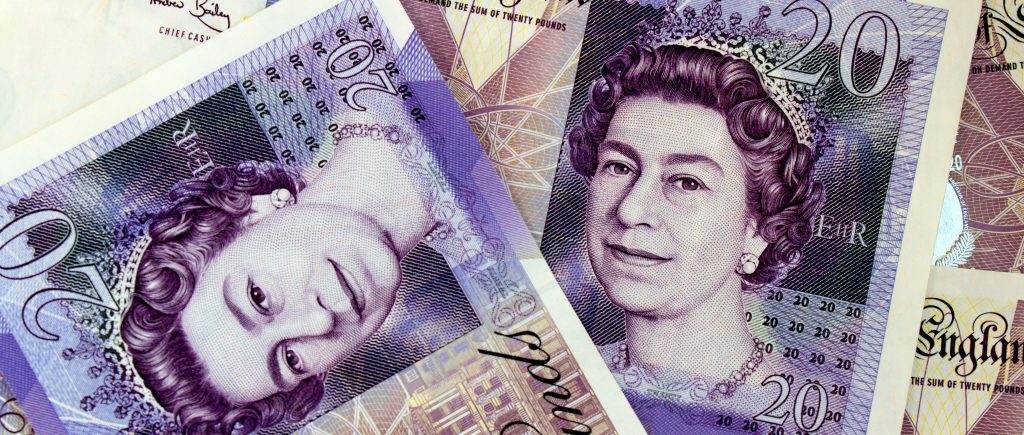The British Pound ended Tuesday, May 13, 2025, on a positive note against the US Dollar, which weakened following softer-than-expected US inflation figures for April. GBP/USD climbed to 1.3307 from a previous daily close of 1.3176, despite dipping to a session low of 1.3169 and peaking at 1.3316. The Dollar’s decline, driven by a US Consumer Price Index (CPI) report showing a modest 0.2% monthly rise against forecasts of 0.3%, provided a boost to the Pound, even as disappointing UK employment data raised concerns about the British labor market’s health.
US inflation data revealed a year-over-year increase of 2.3% in April, down from 2.4% in March and below market expectations, marking the smallest annual rise since February 2021. This cooling in price pressures, with core CPI steady at 2.8%, has fueled speculation of a potential Federal Reserve rate cut, enhancing global risk appetite and supporting the Pound’s recovery. The US Dollar Index (DXY) fell to 101.30 from a recent high of 102.00, reflecting the market’s reaction to the inflation report and its implications for future Fed policy decisions.
In the UK, however, the Pound faced early pressure after employment data revealed a rise in the unemployment rate to 4.5%, the highest since 2021, alongside a slowdown in wage growth to 5.6% from 5.9%, both figures missing market expectations. These numbers sparked worries about underlying weaknesses in the British labor market, potentially complicating the Bank of England’s monetary policy decisions. Despite this, the Pound managed to rebound, buoyed by the Dollar’s weakness and a broader improvement in market sentiment following the US data release.
The interplay between the US inflation figures and the UK’s labor market challenges highlights the complex dynamics driving GBP/USD’s movements. The Pound’s ability to recover, supported by a risk-on mood and expectations of a more dovish Fed, underscores its resilience despite domestic economic headwinds. As markets digest these developments, upcoming economic indicators from both regions, including the UK’s BRC Retail Sales Monitor, will be crucial in determining whether the Pound can sustain its upward momentum against a backdrop of global monetary policy shifts.

 Noor Trends News, Technical Analysis, Educational Tools and Recommendations
Noor Trends News, Technical Analysis, Educational Tools and Recommendations




